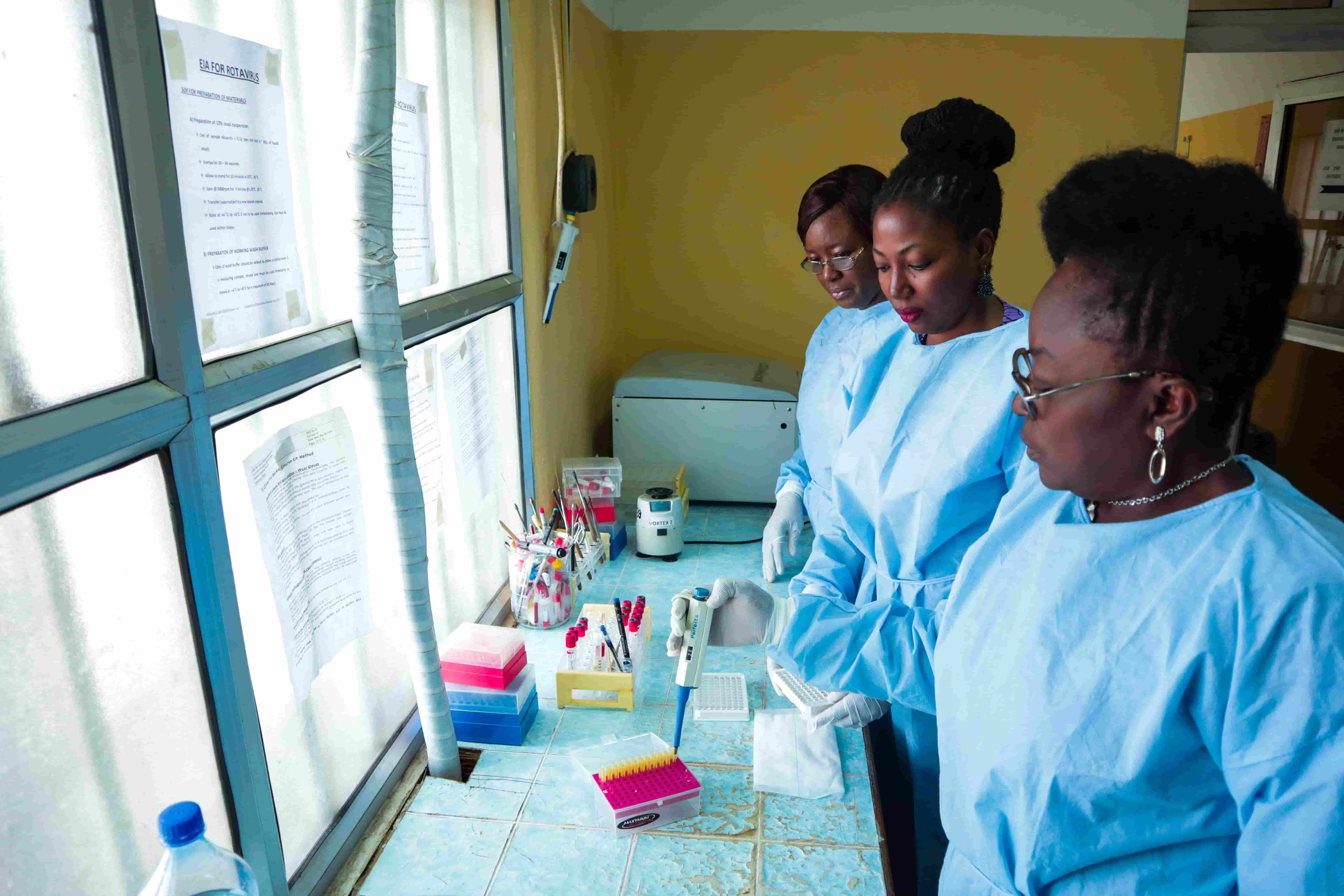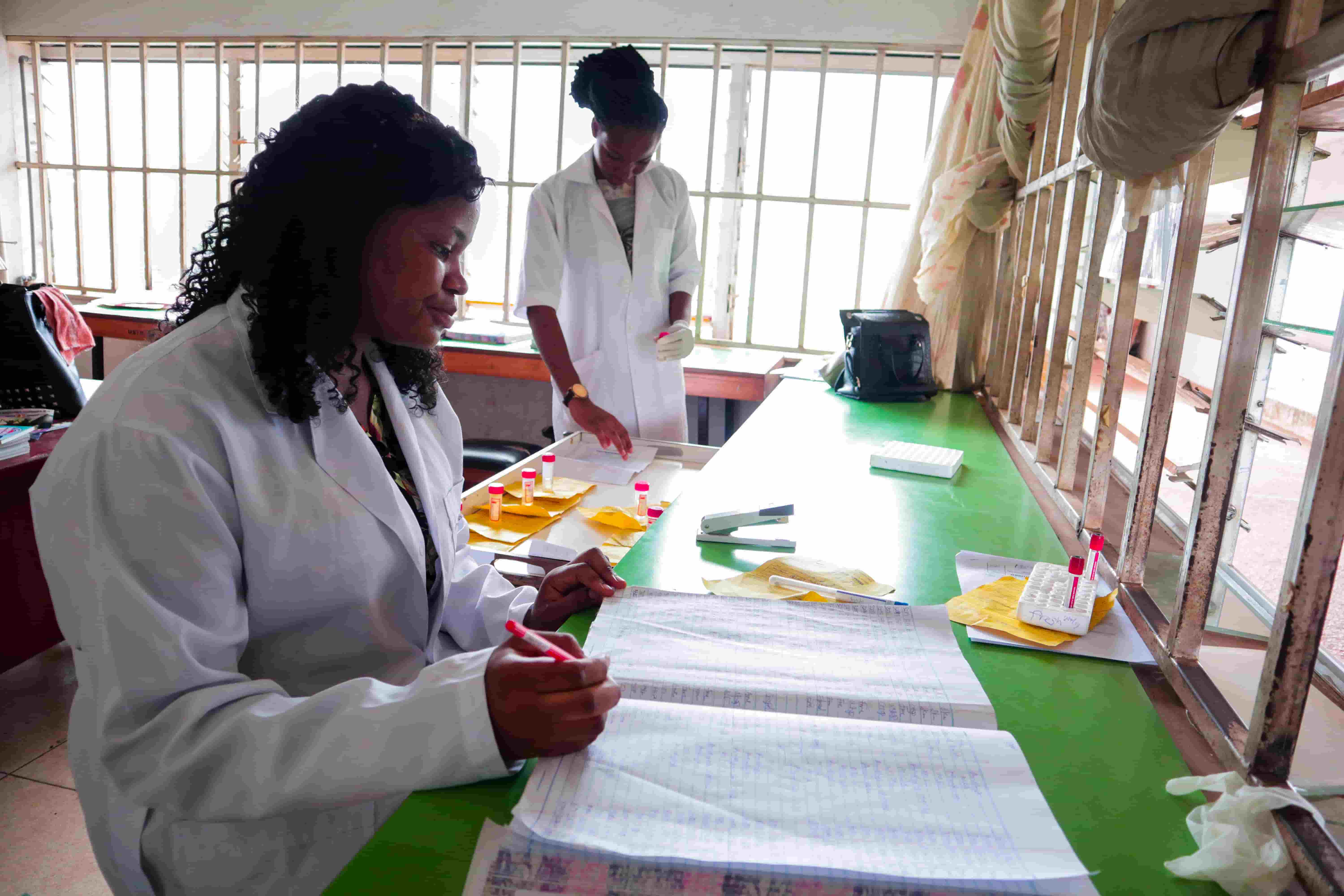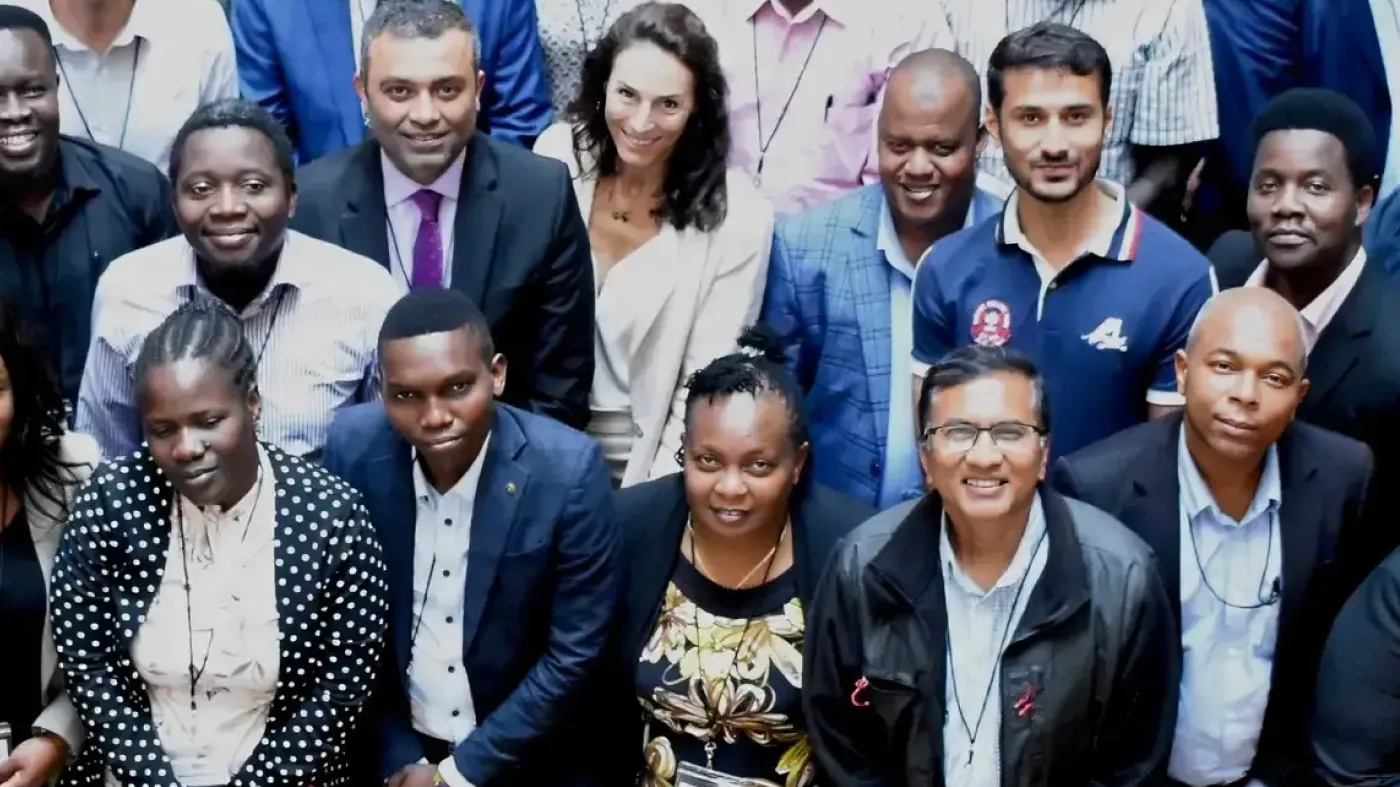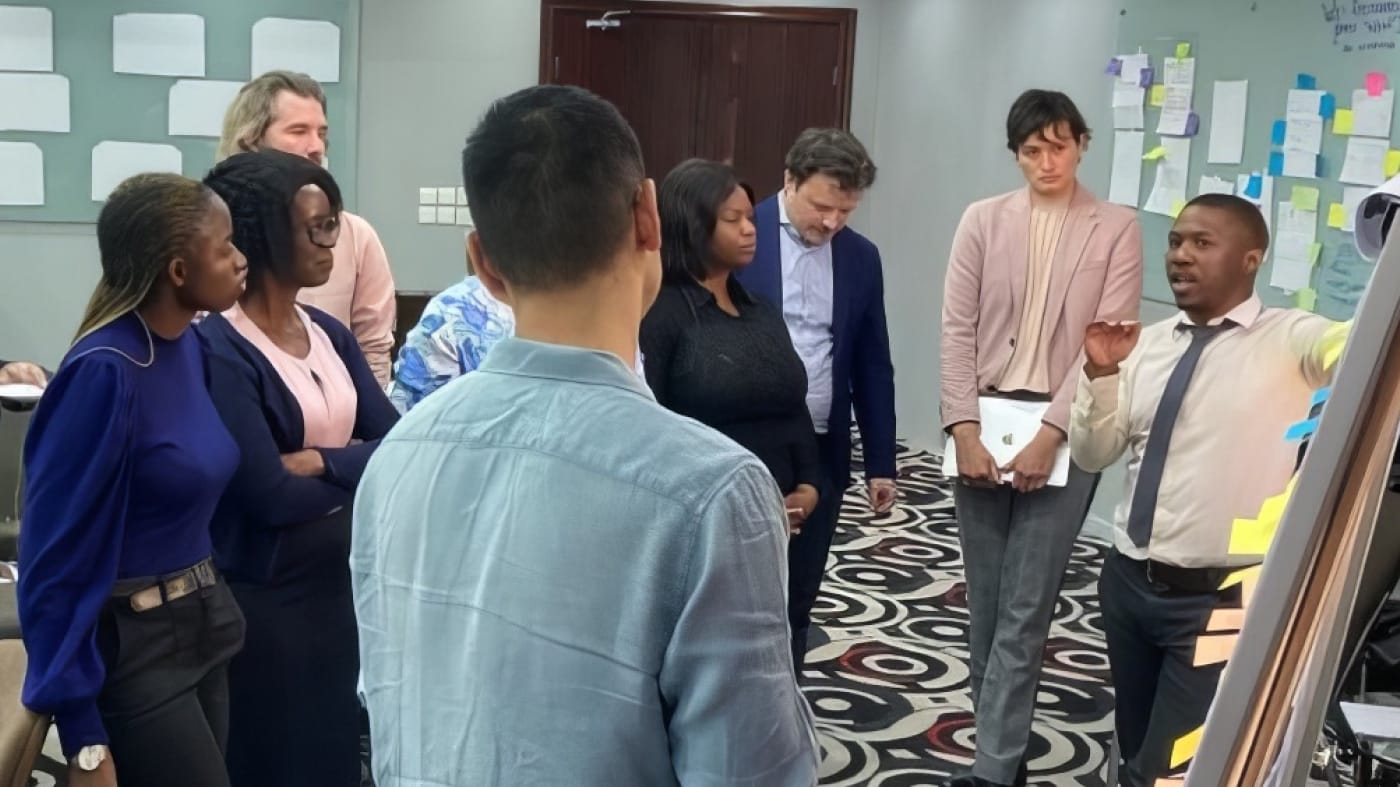Download All Country Data
Infectious disease outbreaks happen all the time, even in the midst of global pandemics. In 2020, the World Health Organization (WHO) reported multiple outbreaks of yellow fever — a deadly, mosquito-borne illness — in addition to COVID-19.
Containing yellow fever is a unique challenge. Effective vaccines exist but are in limited supply for a variety of reasons, including their substantial cost. Yellow fever can be difficult to distinguish from other infectious diseases because the virus that causes it is similar to other viruses and can elicit a similar immune response. Strong diagnostic capacity is required to differentiate yellow fever from other diseases that may require different containment strategies. There are only two validated and accepted diagnostic methods for lab confirmation of yellow fever within WHO’s Global Laboratory Network, and both are complex and require trained personnel and specific instruments.
Nigeria, a nation of 200 million people, six geopolitical zones and 36 states had just four laboratories to analyze yellow fever samples, and none had the necessary testing capacity. The nearest laboratory for molecular testing was in Dakar, Senegal — 1,700 miles from Abuja, Nigeria’s capital. However, in just three years, Nigeria was able to rapidly improve its response to yellow fever.
Strengthening laboratory systems
Following deadly yellow fever outbreaks in Brazil and Angola in 2015 and 2016, a coalition of partners from the World Health Organization (WHO), UNICEF and Gavi, the Vaccine Alliance developed Eliminate Yellow Fever Epidemics (EYE), a global strategy to contain yellow fever outbreaks through surveillance and improved laboratory capacity. As part of this strategy, Resolve to Save Lives (RTSL), an initiative of Vital Strategies, supported the Nigeria Centre for Disease Control (NCDC) as a technical partner to develop stronger diagnostic testing capabilities beginning in 2018. Nigeria took full ownership of strengthening this system — deciding priorities, allocating resources and monitoring systems to identify and solve any problems.

Laboratory scientists in Nigeria
In February 2020, three new labs (the NCDC National Reference Laboratory and two other laboratories in Federal Teaching Hospitals) opened in Nigeria for primary testing and diagnosis of yellow fever, measles and rubella. The labs (the NCDC National Reference Laboratory as well as two other labs placed in Federal Teaching Hospitals) were added to the Global Laboratory Network as a result of the partnership. Personnel hired to staff the new labs received training through peer-to-peer mentorship and on-site supportive supervision. Each of Nigeria’s six geopolitical zones now had a lab, plus a national reference lab based in the nation’s capital. Each of these labs had capacity for preliminary diagnosis of yellow fever, and presumed positive samples would then be sent to the Regional Reference Laboratory in Dakar, Senegal for confirmation. According to NCDC, the labs are in important step in coordinating disease surveillance activities by “ensuring standardization of testing methods, quality assurance, supply chain management as well as supporting preventive and corrective maintenance.”
In March 2021, the national reference lab received WHO accreditation for yellow fever confirmation using PCR tests — one of the two WHO-accepted methods for lab confirmation of yellow fever. This made Nigeria the first country in the region the first to receive WHO accreditation for a national lab for yellow fever confirmation without the need to send samples to Dakar.
Previously, time to confirm yellow fever in Nigeria was over 30 days. Through strengthening diagnostic capacity and personnel, as well as removing the need to send samples to Dakar, time to confirm yellow fever fell to within 24 hours. This dramatic reduction enables public health officials to quickly and effectively respond to outbreaks, for example through instating reactive vaccination campaigns in affected areas. Strengthening diagnostic capacity is a much lower-cost intervention than vaccination. Until universal vaccination can be achieved, strengthening testing provides a means to mitigate the disease’s adverse impacts.
A Country-Led Intervention
The key to the venture’s success was having Nigeria guide the entire process. Previously, WHO oversaw testing and diagnostic efforts. Nigeria’s officials were in complete control of the process for strengthening yellow fever diagnostics and could take specific local and national contexts into consideration in finding a sustainable, long-term path forward.
“The likelihood of success is higher. In this case it was higher because the country from the get-go was entrusted in making it work and was completely in the driver’s seat for this through the NCDC,” said Celestina Obiekea, Technical Advisor, Laboratory Systems at RTSL and former Laboratory Network Advisor at NCDC.
Having an in-country coordination mechanism set this project apart, she said.
“I don’t think it would have been this successful otherwise,” Obiekea added. “Most times you find that a lot of these things are coordinated by partners in a somewhat non-sustainable way, such that when the partner pulls out you have a complete breakdown of whatever systems had been set up.”
Other health experts agreed.
“The one thing leading us to success is country ownership,” said Dhamari Naidoo, the point person on laboratories at WHO Nigeria. “We developed a national strategy. Everyone bought into it, and now we’re implementing.”
Nigeria’s model for strengthening laboratory systems can be scaled or replicated for other lab networks. Plans are under way to develop the same type of network within each of Nigeria’s states similar to what now exists on a national level, using the current project as a road map to address other diseases in a more integrated way.







